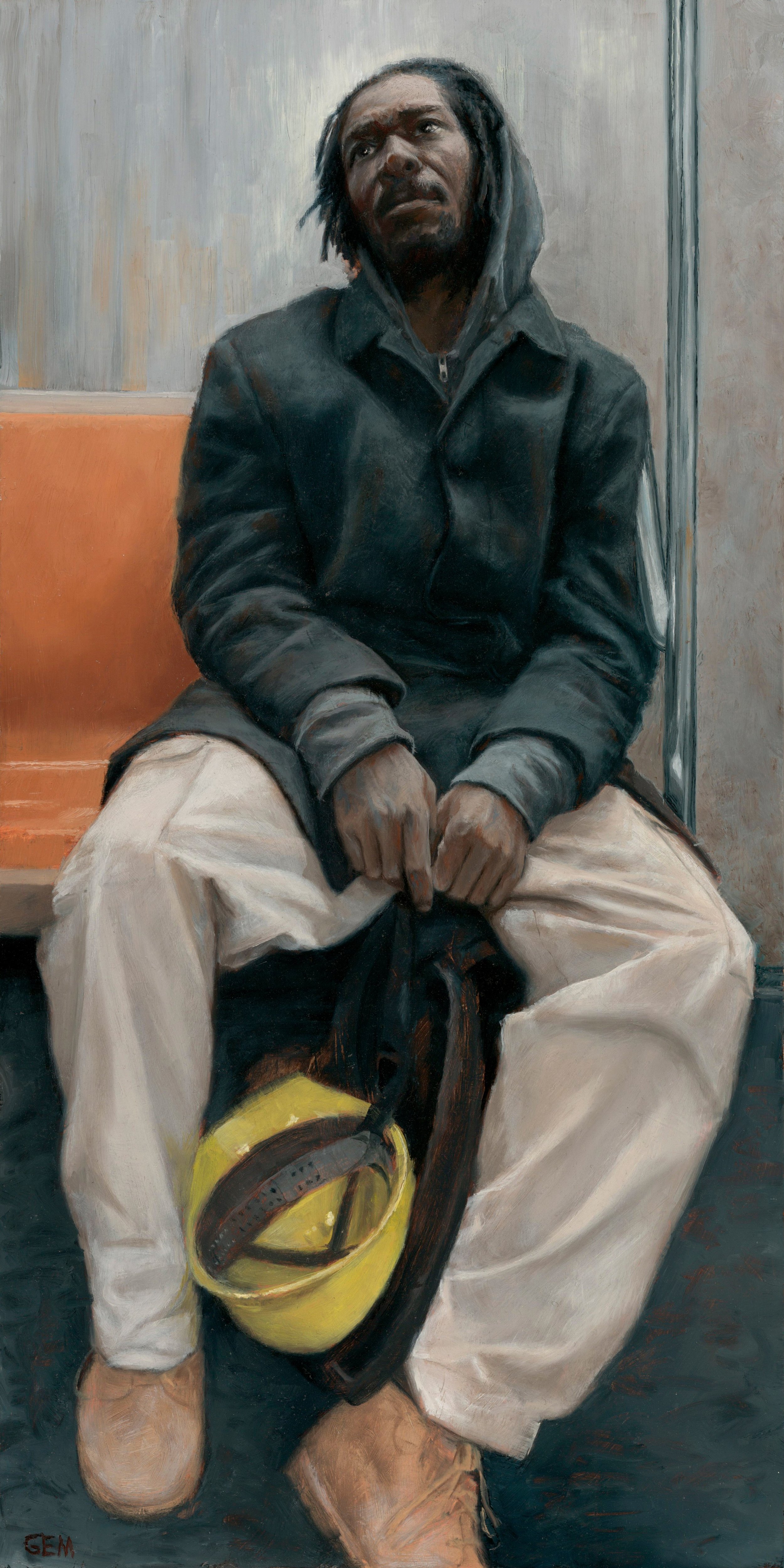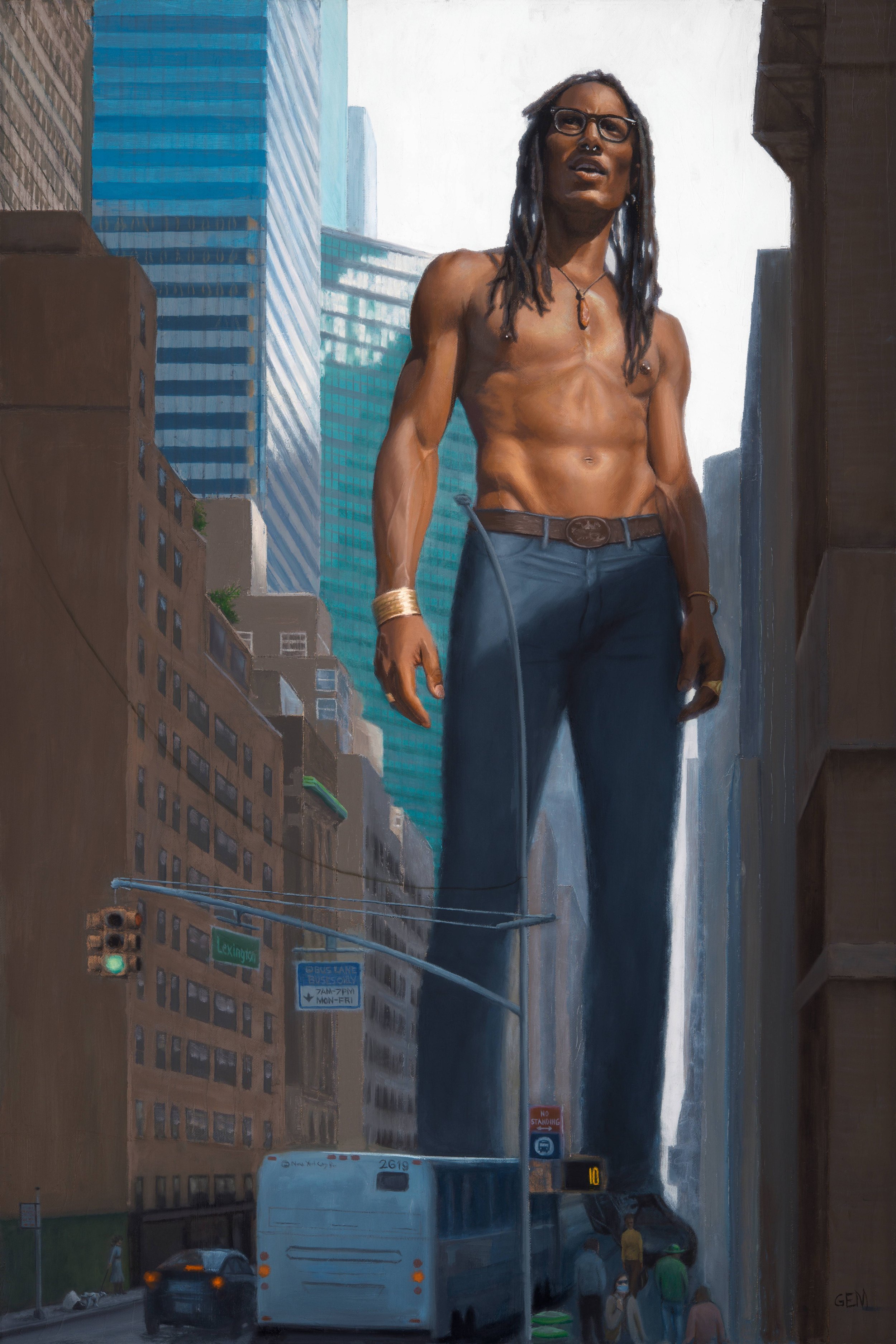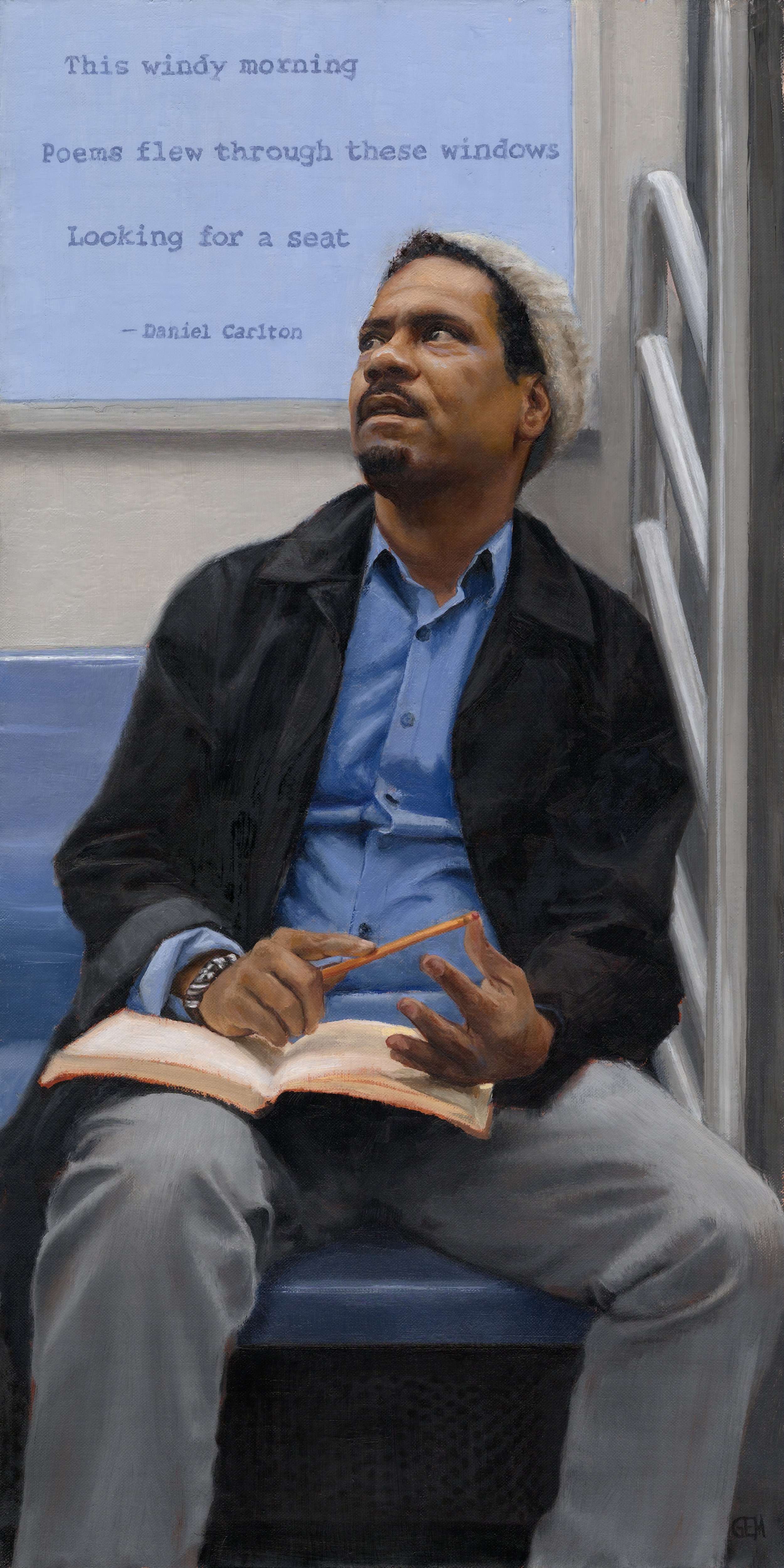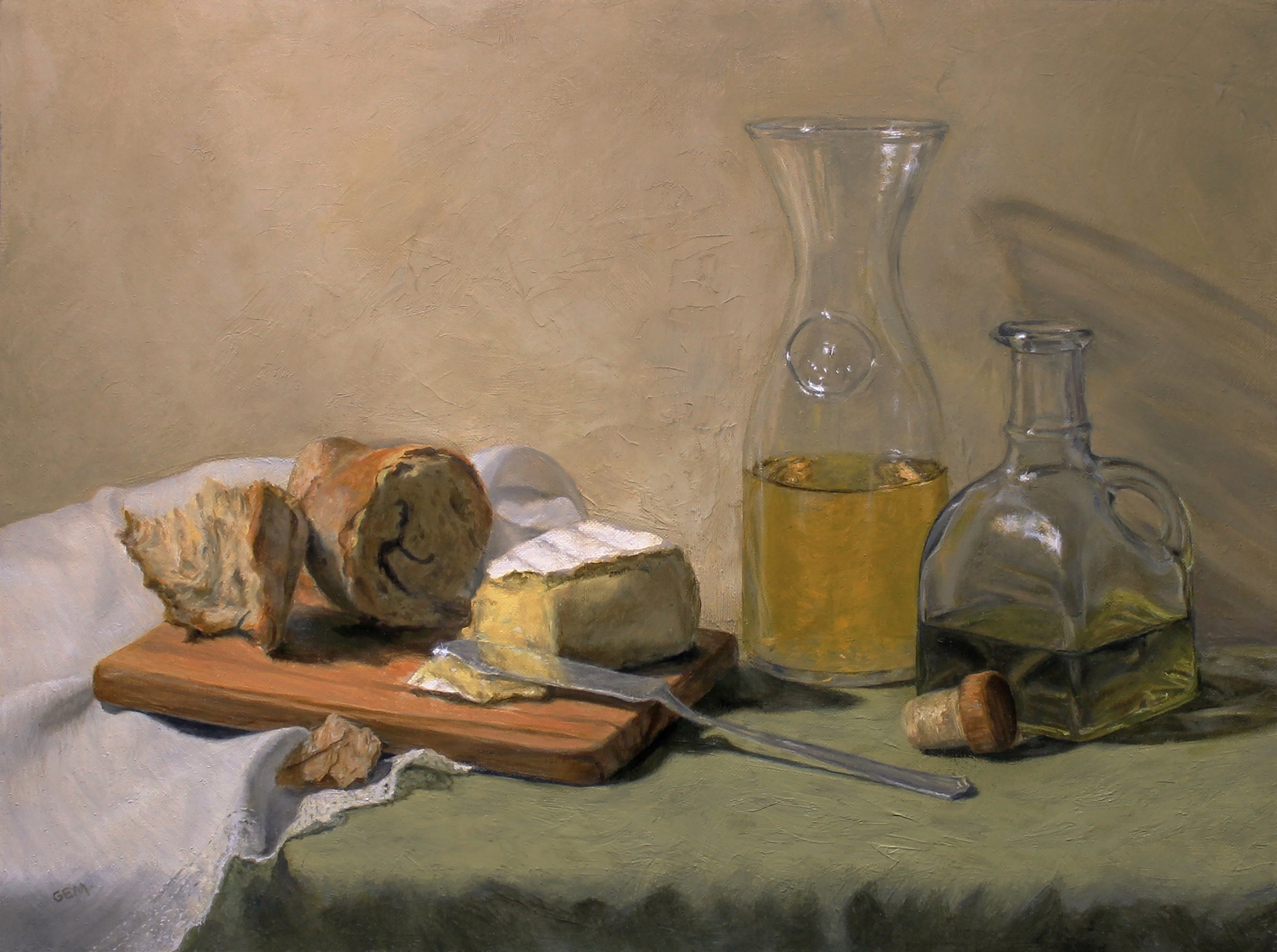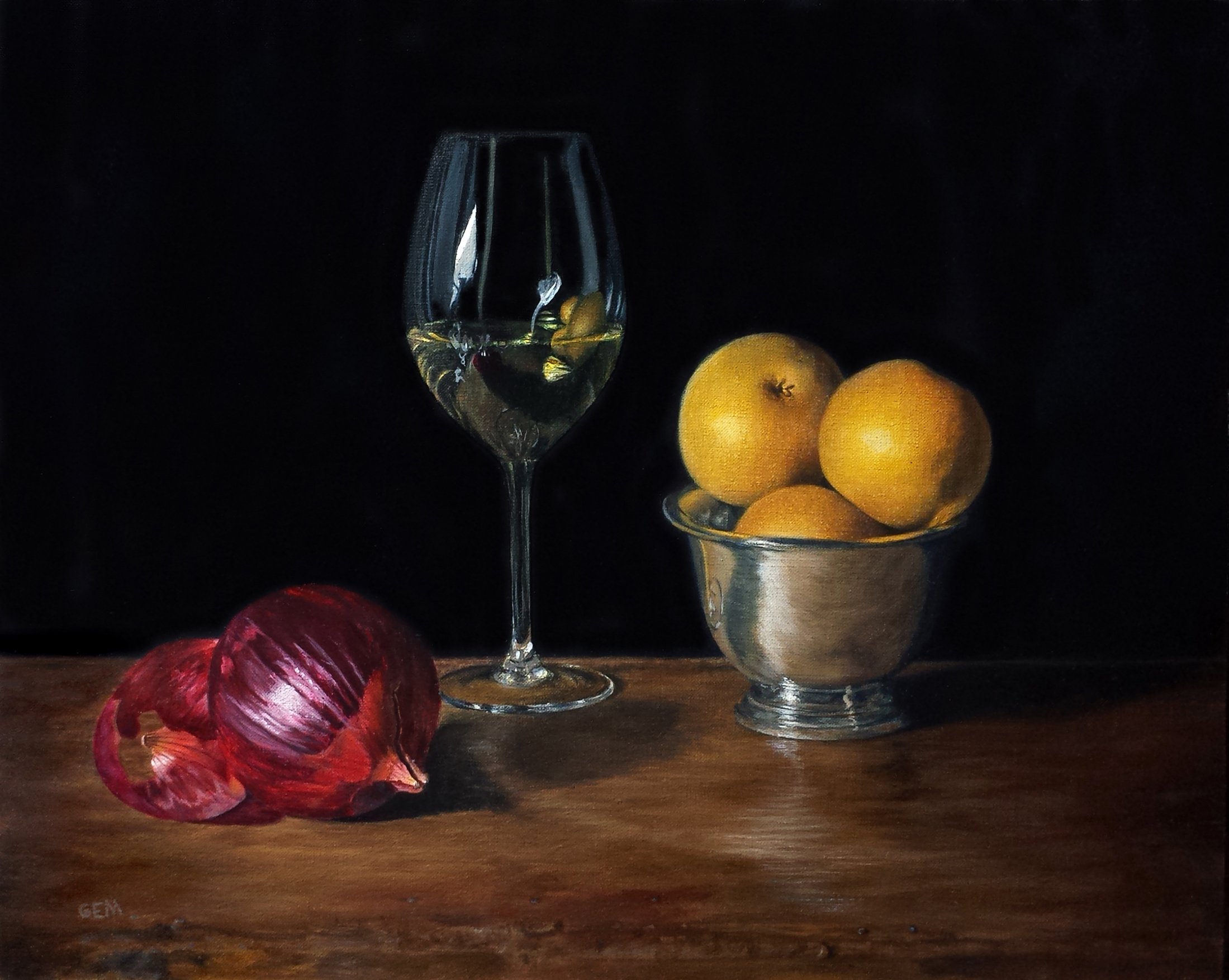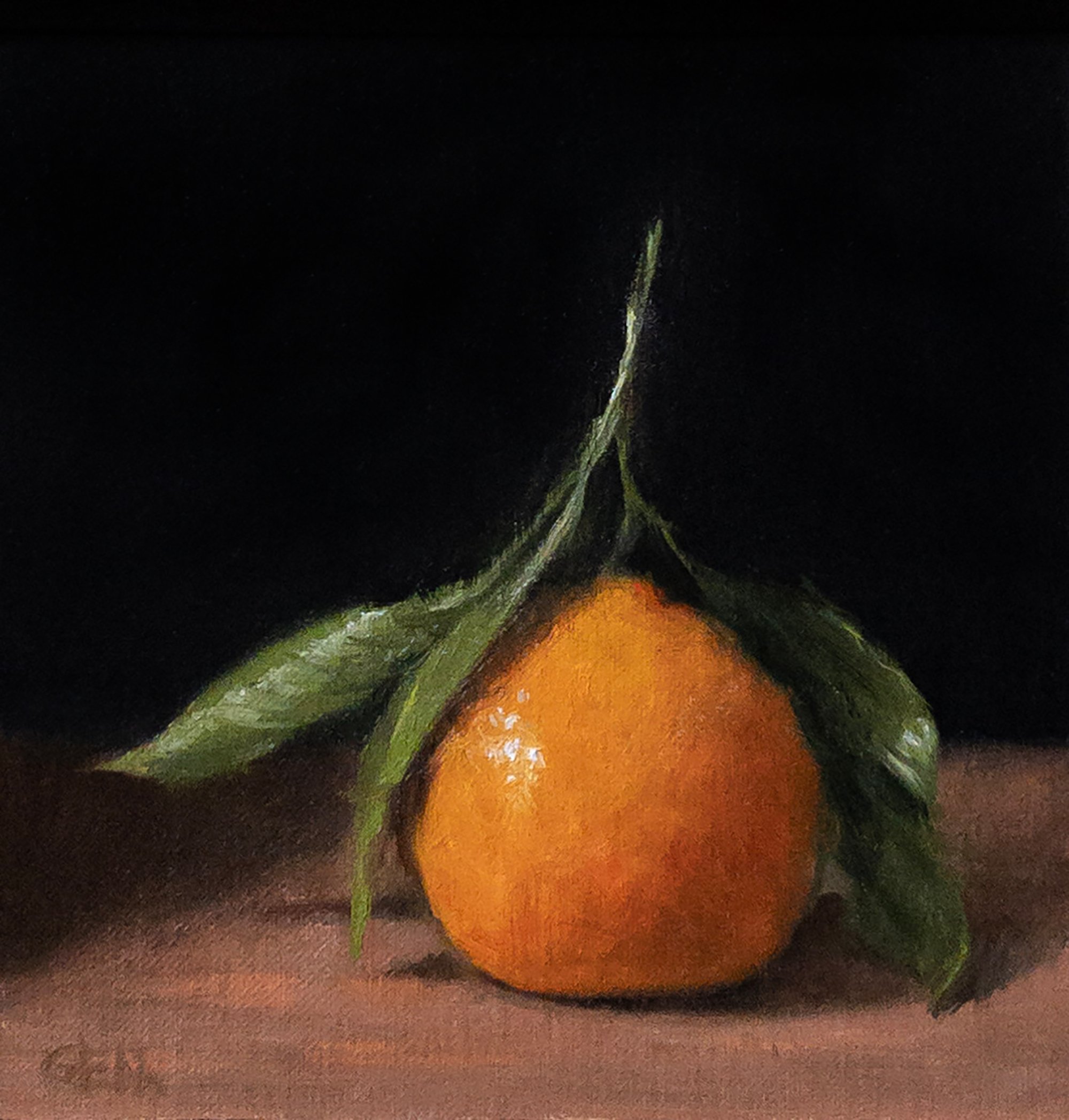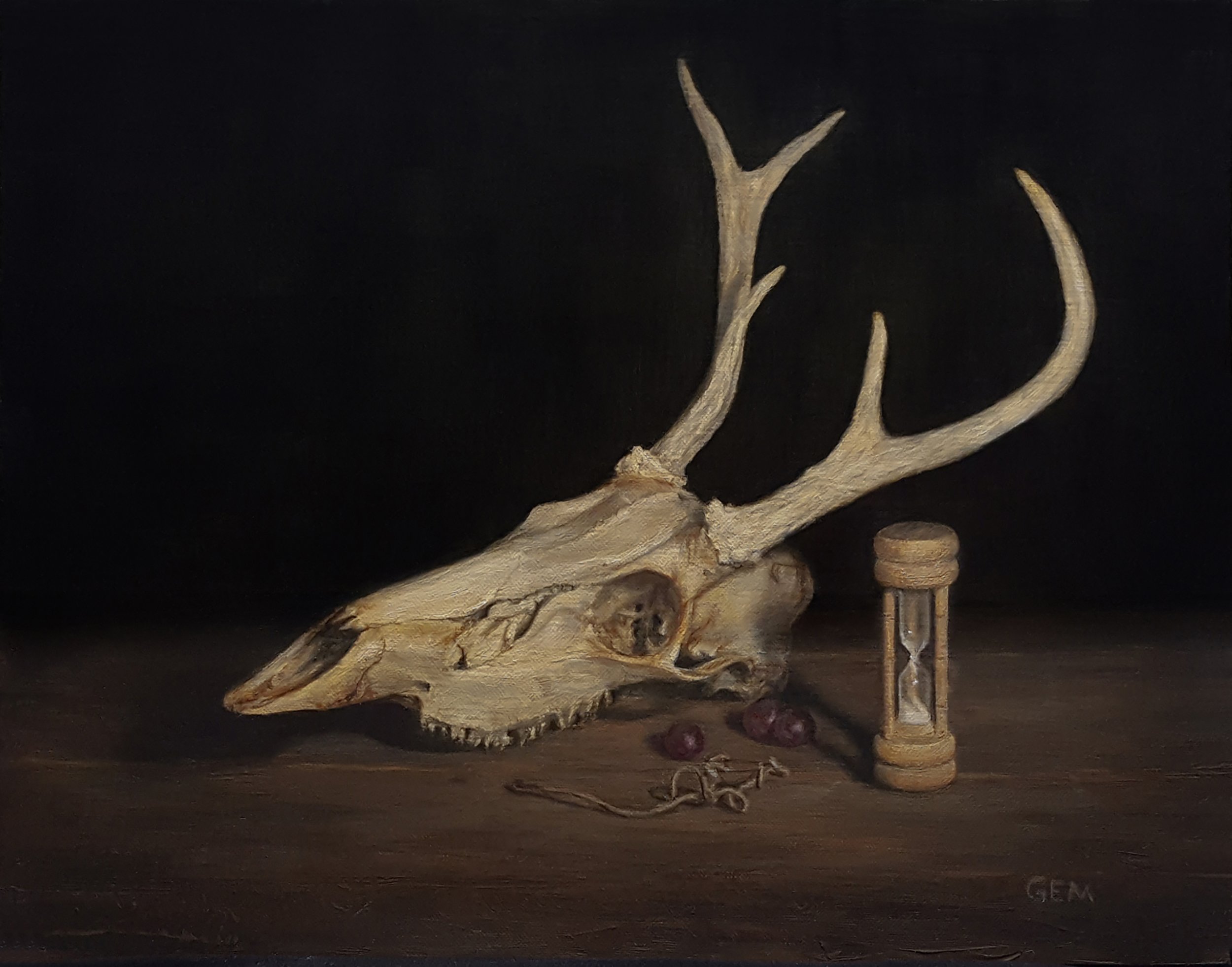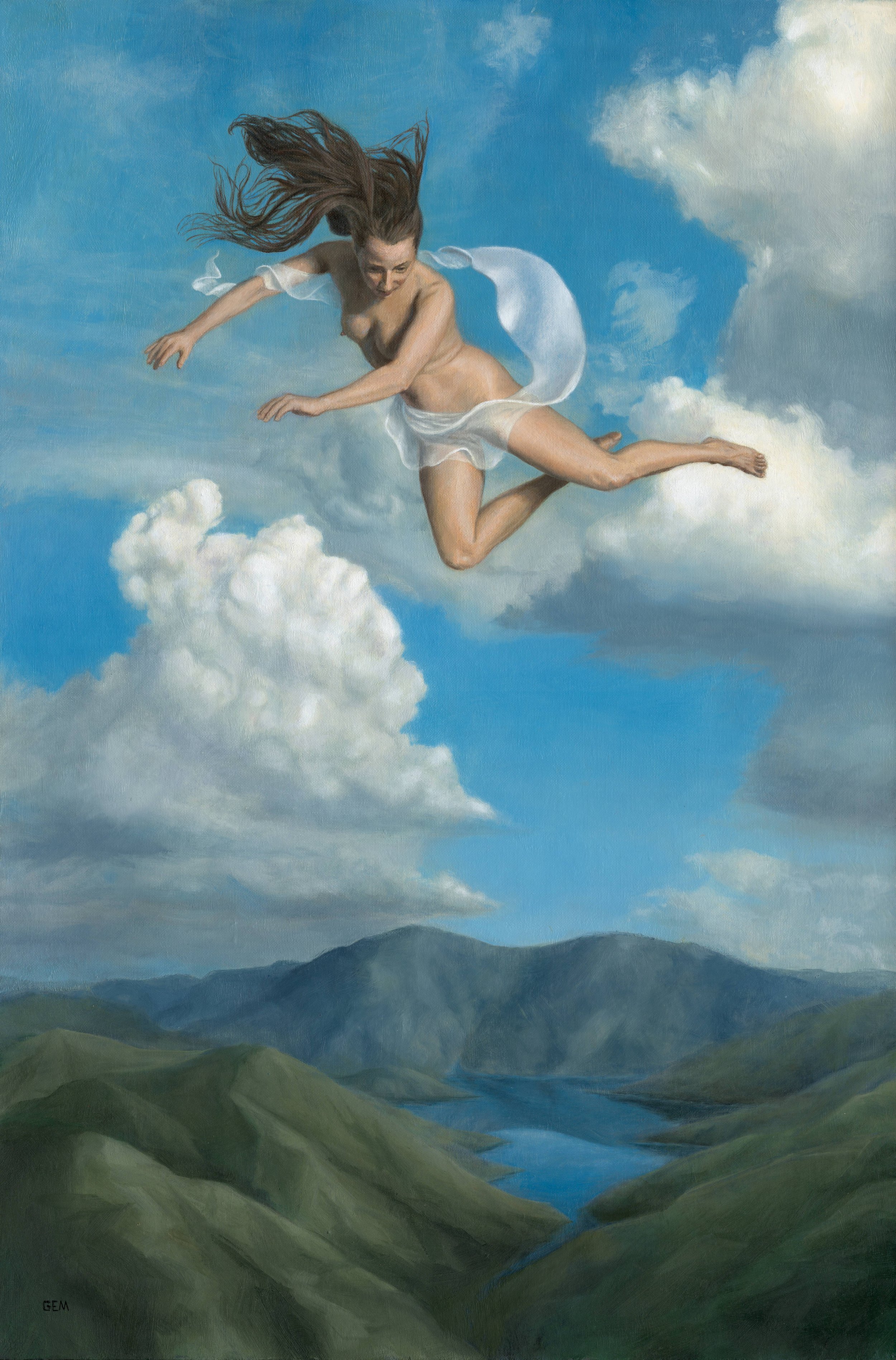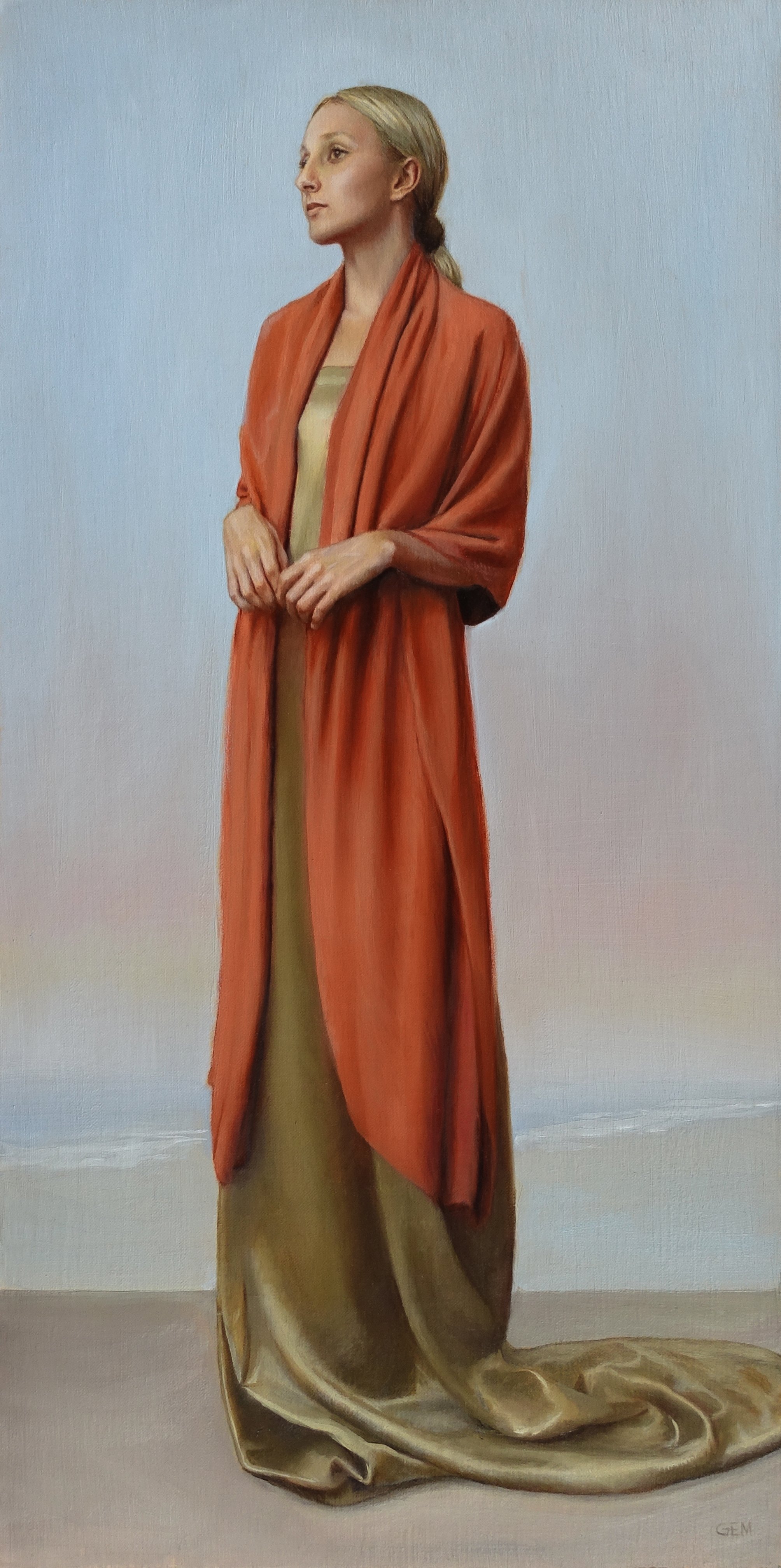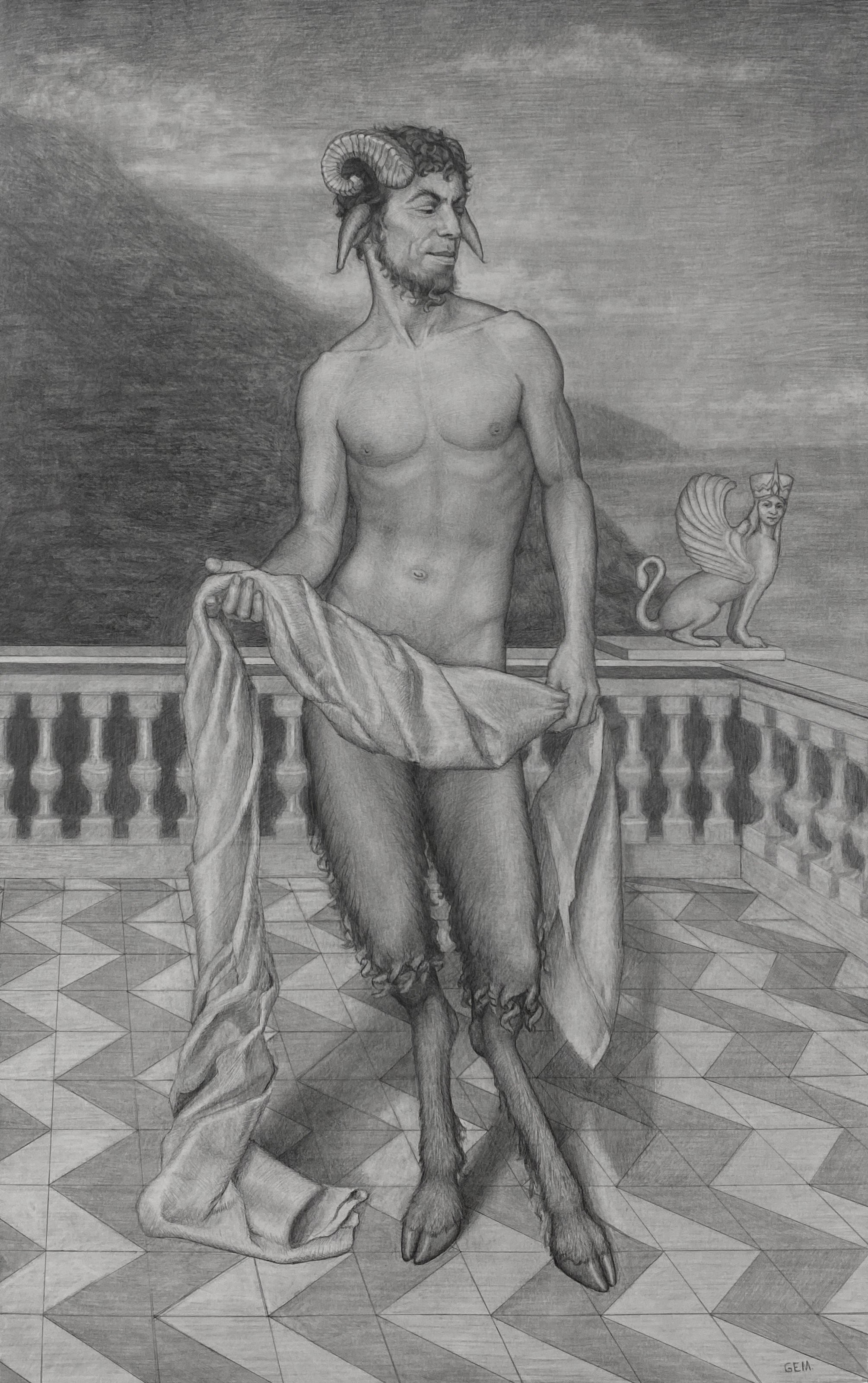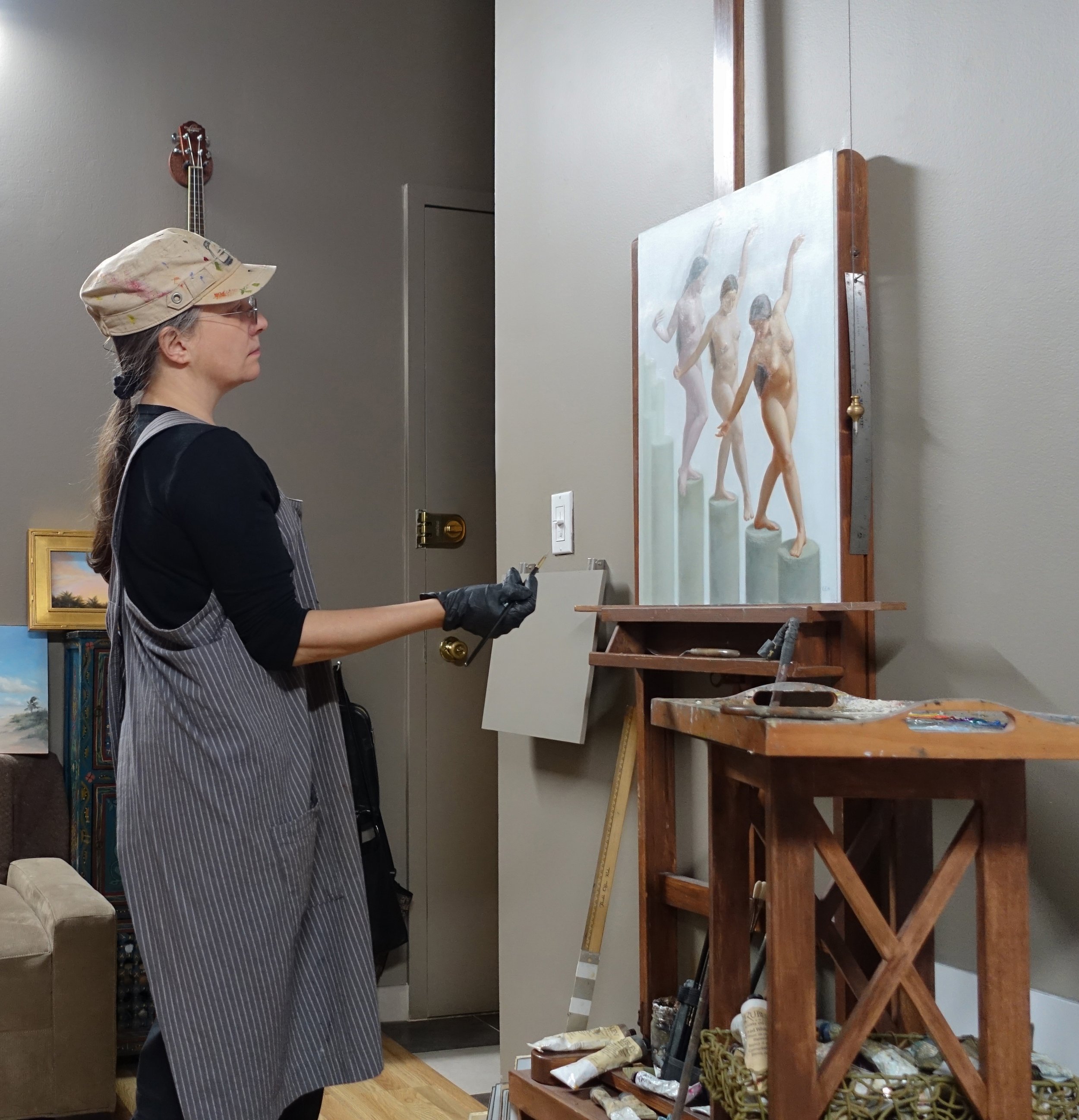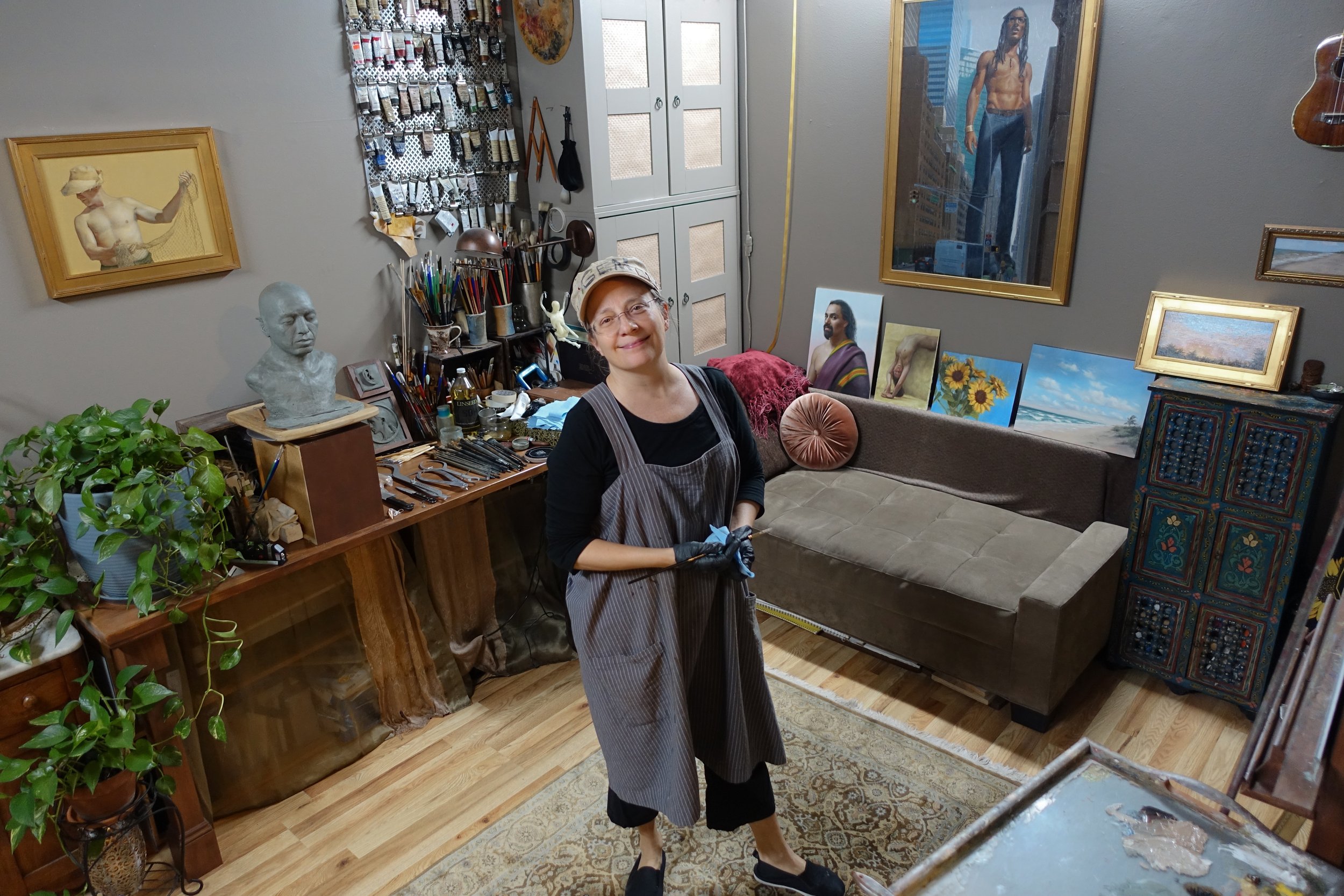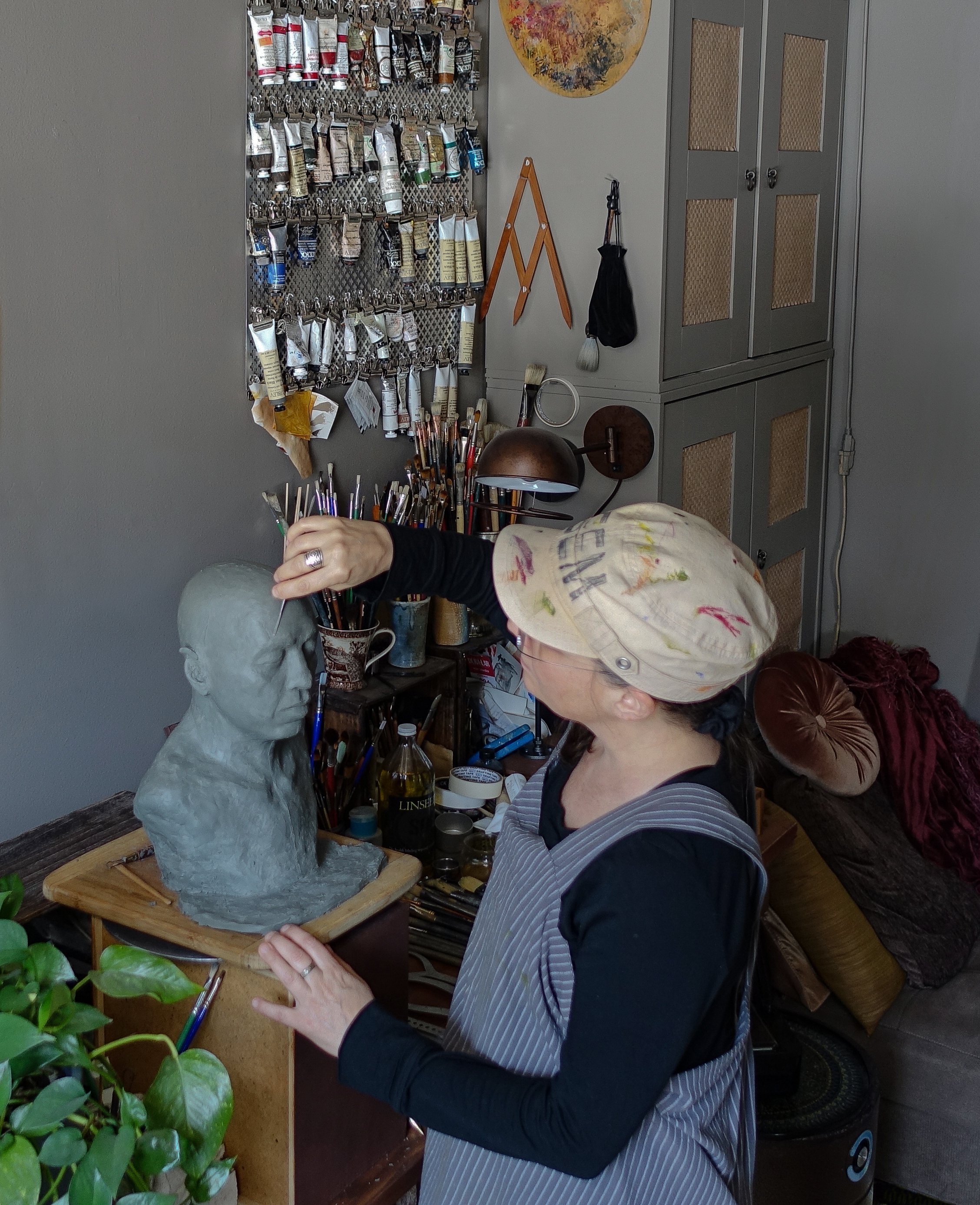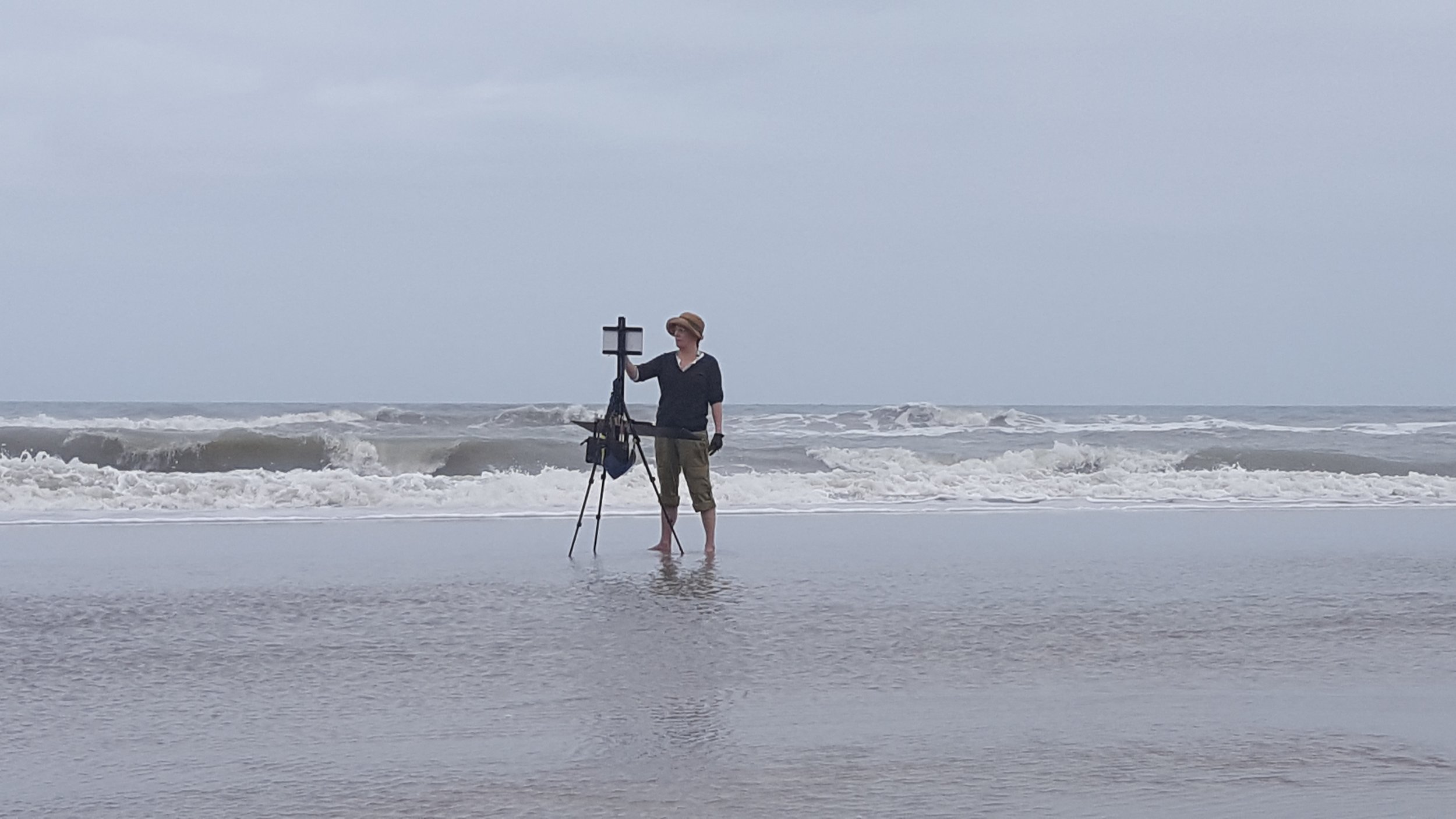Interview
Gayle Madeira
Gayle Madeira (b. 1969 Texas) was raised on a farm in Virginia where developed an intense love for nature. A shy child, she began making art at a young age as well as dancing. Later, with a BFA in dance from SUNY Purchase and a move to NYC, Gayle made her living dancing and doing illustration, graphic design, and presentation work.
Starting in 2010, Gayle decided to fulfill her lifelong dream of being a fine artist working in oils. She studied under many wonderful teachers at Grand Central Academy, New York Academy of Art, The Art Students League, and Salmagundi Club with teachers Christopher Raccioppi (primary instructor and influence), Alyssa Monks, David Kassan, Quang Ho, Travis Schlaht, Ted Minoff, and Patrick Byrne, among others.
Gayle’s work has been exhibited at the MEAM Museum (Museu Europeu d’Art Modern), Sotheby’s (NY & LA), Wausau Museum of Contemporary Art, Salmagundi Club, National Arts Club, Williamsburg Art and Historical Center, Principle Gallery, Abend Gallery, Foundation Gallery, and the New York Hall of Science, among others. Her paintings have appeared in International Artist magazine, American Art Collector, Artists Magazine, Fine Art Connoisseur, books, and films and have been finalists multiple times in the Figurativas competition, Art Renewal Center’s juried salons, the Portrait Society of America competition, Royal Society of Portrait Painters, and the Artist’s Magazine.
What is your background and how did you start your journey in the art world?
“I was born in 1969 in College Station, Texas, but my family moved within 6 months to Boston and then to Northern Virginia. I was raised on a “gentleman’s” farm in Virginia – my father was a professor of political science employed at the Library of Congress so he went to Washington DC each day, but every morning, night, and on the weekends, the whole family did many farm tasks. This is where I developed an intense love for nature. I was very shy and was not allowed to watch TV. My mother liked to paint and gave my brother and I art assignments – to go paint things around the farm. I also spent many hours in a formal ballet school and later attended a conservatory for dance in New York called SUNY Purchase, and completed a BFA in dance. After graduating, I moved to NYC where I made my living dancing and doing illustration, graphic design, and presentation work for major corporate clients. During that time I did a lot of painting in watercolor, pen and ink, making children’s illustrations and portraits in watercolor.
In 2010, I decided to fulfill my lifelong dream of being a fine artist working in oils, and began studying under many wonderful teachers at Grand Central Academy, New York Academy of Art.”
What inspires you most?
“The way light illuminates objects and people in a theatrical way, the shapes of natural things, the sculptural nature of oil paint (known as the “world’s thinnest sculpture”), the stories in people’s faces, especially when they are thinking deeply about something.”
What themes do you pursue? Is there an underlying message in your work?
“I am in pursuit of multiple themes at once. The only tendency that I can say is a common underlying message is an almost universal melancholy, even in my happier work.
Aside from straight classic realism, I also dip my toe into surrealism at least once a year.”
“Gayle’s paintings encapsulate moments of beauty in a timeless fashion. They transcend any real place and time and send the viewer into a parallel reality. Her style is influenced equally by old masters and contemporary art and she masters them both. While naturalistic, it is subjective and captures the spirit of the subject imbued with a relatable melancholy.”
How would you describe your work?
“I would describe the overall arc of my work as always in progress. I don’t like to be forced to stay in one genre or style and love to experiment with painting in a completely different style. Chameleon-like, I don’t like to be branded with one direction or method. My work is realistic, sometimes surrealistic. I use a classic limited palette. It is always changing and evolving.”
Which artists influence you most?
“Figurative and portraiture: Rembrandt, Leonardo da Vinci, Vermeer, Sargent, Sorolla, Zorn, Repin, Holbein, Bouguereau, Leighton, Prud'hon, and Colleen Barry.
Still life: Chardin, Willem & Pieter Claesz, Julian Merrow-Smith, and Daniel Sprick.
Landscape/Seascape: Rosa Bonheur (animals too), Albert_Bierstadt, Thomas Cole, Frederic Church, Donald Demers, Thomas Eakins, William Trost Richards, Levitan, and Shishkin.
Sculpture: Houdon, Pajou, Hellenistic period, Bernini, and McCartan.”
What is your creative process like?
“My creative process varies drastically depending on what I’m working on and the subject. For example, plein air – if I’m painting in the middle of the day or night when the light is stable, I take my time, lay out the composition in an unhurried way, check out what I’m going to paint constantly to see if there’s some particular cloud or light pattern that I want to remember and use. But when I’m painting a sunset or a lunar eclipse, it’s more like a sprint. I prepare the colors ahead of time, try to block in the basic horizon line, maybe some of the landscape and get ready to go crazy when the actual moment comes.
I do a lot of sketching for landscapes and people. Sometimes those sketches get transferred directly to linen and painted. Sometimes just certain elements end up being used. Sometimes they remain sketches. For still life paintings, I just sketch the basics directly on the linen in charcoal to work out the composition, wipe out most of it, then just start painting.
Large formal studio portraits and figurative paintings can take up to 100 hours or more. I plan all the elements ahead of time – sometimes some of them are from imagination. For a large formal portrait or figurative, if it is from imagination I do a lot of planning, even making small maquette sculptures to help figure out the scene. I make drawings, and also do mock-ups in Photoshop which I am proficient in so I play around and put in different background scenes, as an example. Many times those background scenes I play with in Photoshop are actually plein air paintings that I did previously! In the larger figurative and portrait paintings, I use many layers of glazing and scumbling while letting it dry in between.”
What is an artist’s role in society and how do you see that evolving?
“One of my best friend’s major life works is to write about this topic so I am putting his quote here because it is exactly how I feel but put into much better words!
“Creativity is in the very nature of reflective consciousness, but our civilization does not yet fully acknowledge it. We often believe that only a few chosen ones are cut out to “be” creative artists. Those who identify as “artists" feel our universal creative urge more strongly than an average person and are unable to mute it. Among all the ways that art can inspire us is our fascination with the creative act itself. We long to experience it and are awed when faced with an evidence of it in a work of art.
Aside from anything “art” can mean historically or culturally, the ultimate role of the artist is to be the trailblazer of the creative destiny of humanity. I would like to see art and artists develop in the direction of cultivating the universal aspects of high quality in the creative act. Artists are the pioneers exploring the terrain of the creative act for the benefit of all who realize that it is in our very nature. Individuality is an afterthought - we are all unique by nature - universal quality is the main focus. An authentic search for a higher universal quality paradoxically produces unique results. A visual art is an interaction between visual perception of reality, imagination, and skill at rendering a physical object.
The quality of each of these aspects and their harmony among themselves depends in large part on our ability to let an artistic process “take root” in the unconscious - allow intuition to guide us more than the intellect, develop as though a new instinct. It is such an instinctive process rather than methodical intellectual construction that best inspires the viewers and kindles their own creative sparks. The best art is the one that moves the viewer to become more of an artist.””
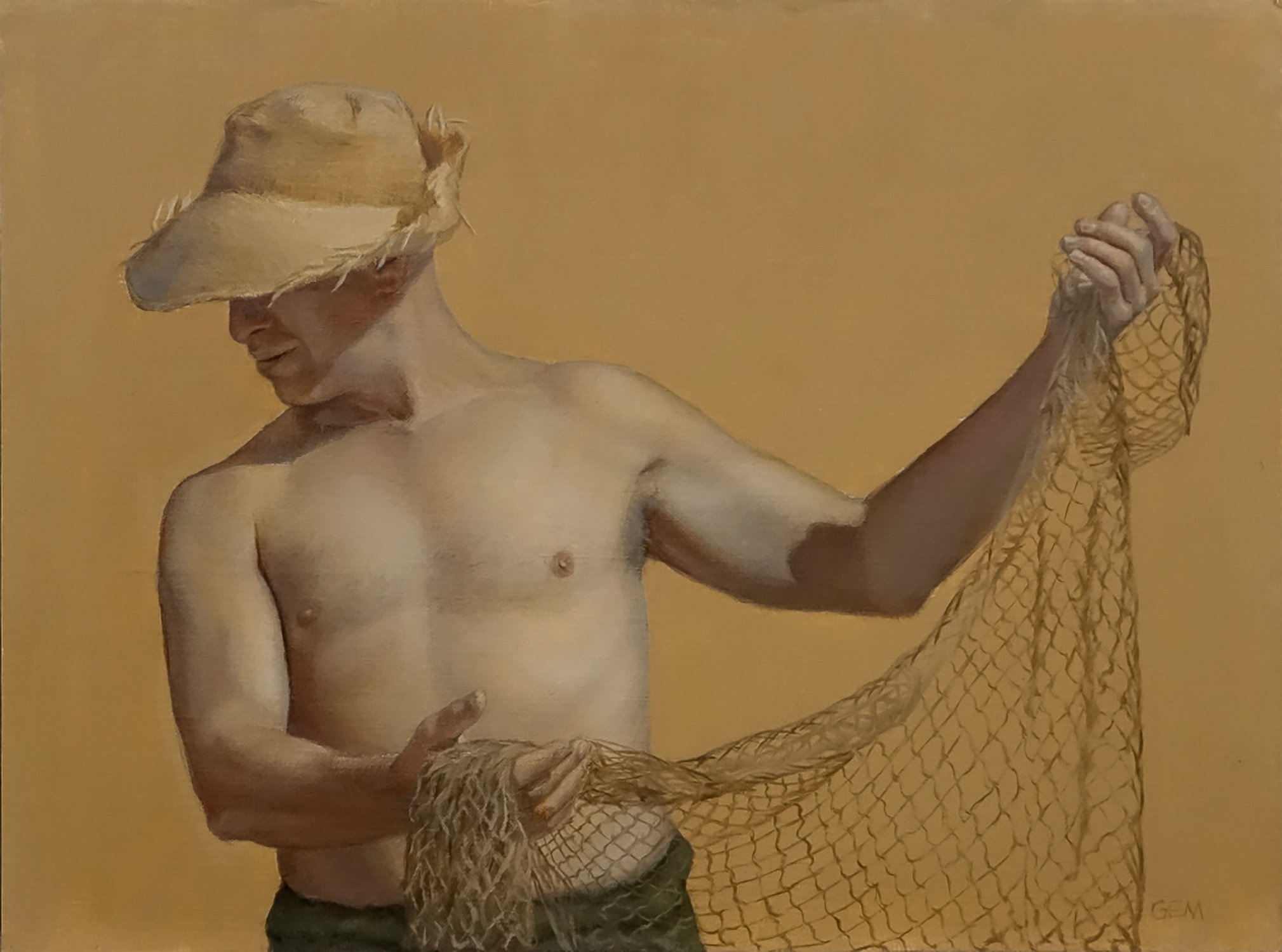
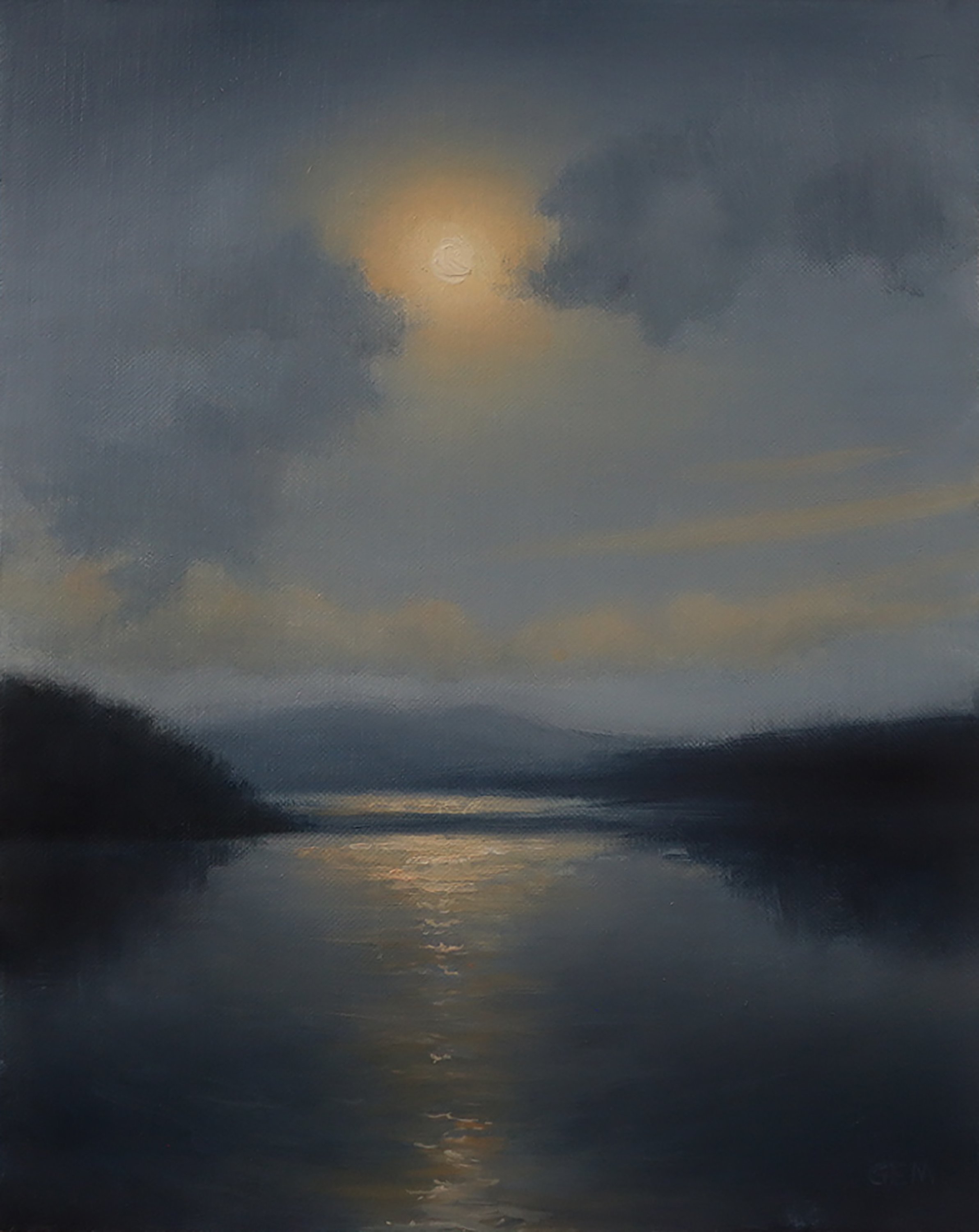
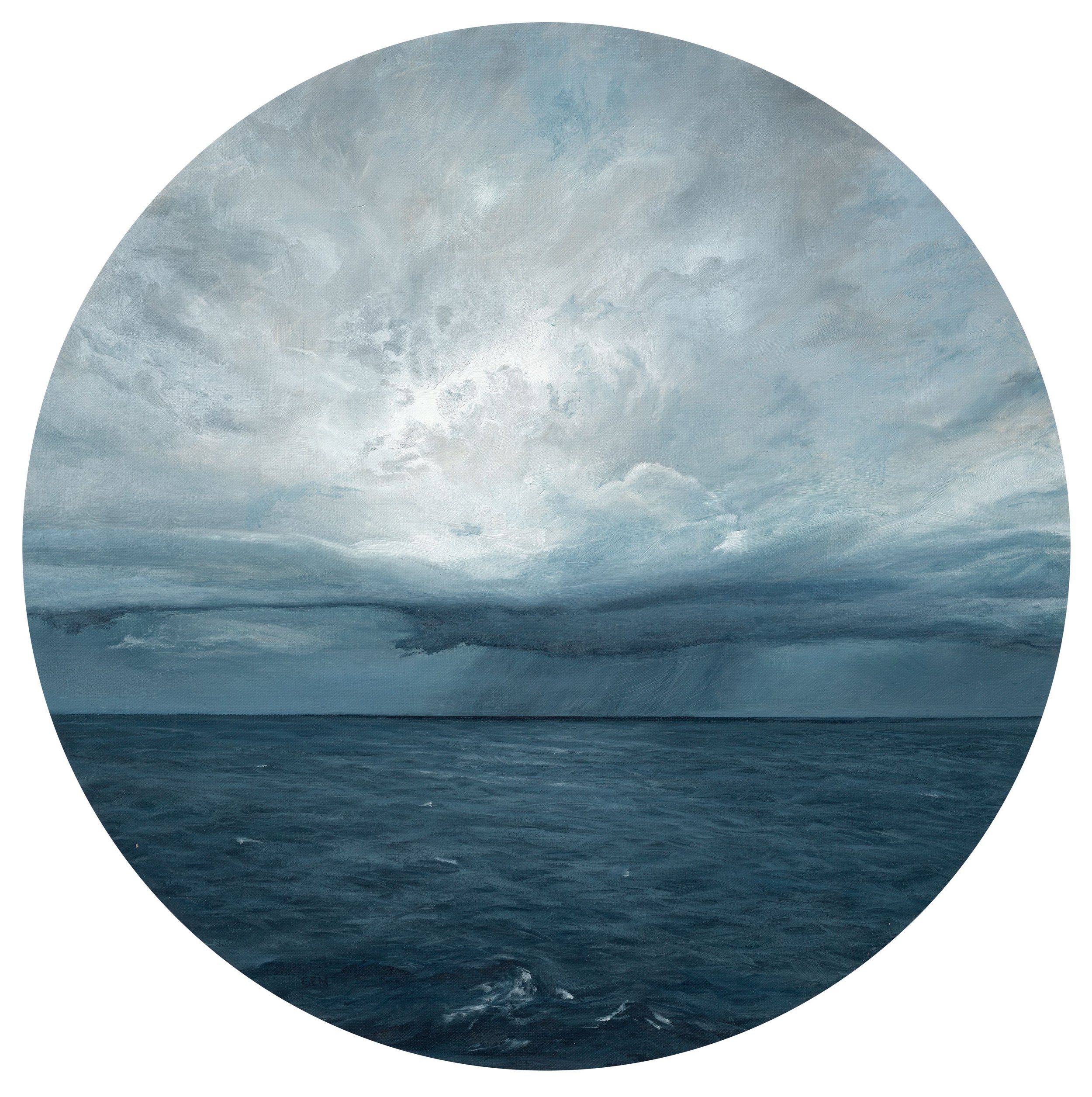
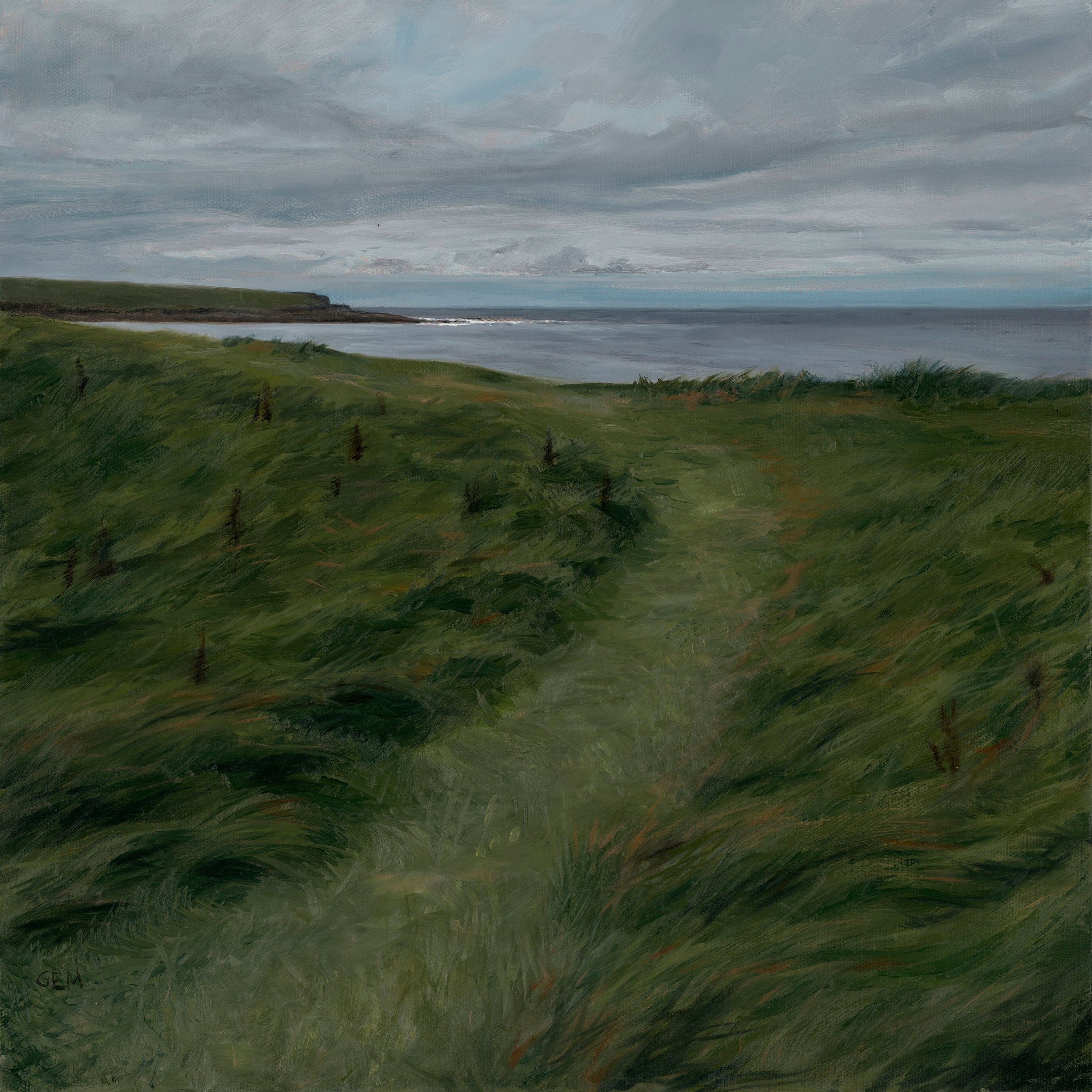
Have you had any noteworthy exhibitions you'd like to share?
““Holbein: Capturing Character” at the Morgan Library, NYC
“Power and Pathos: Bronze Sculpture of the Hellenistic World” at the National Gallery of Art in Washington DC
“American Watercolor in the Age of Homer and Sargent” at the Philadelphia Museum of Art
All the Art Renewal Center salons every year in NYC
“American Masters at the Salmagundi Club” which happens every year in NYC
Colleen Barry & Will St. John 2022 exhibition in NYC”



